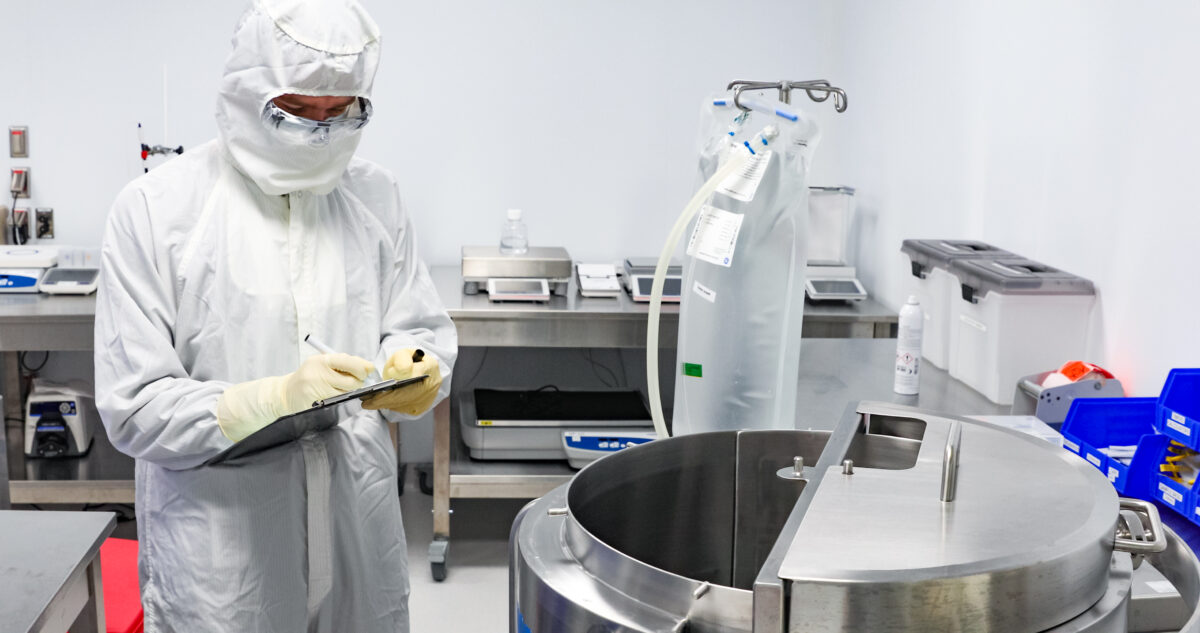
Written By Pat Toner, VP/Life Science Sector Leader, STO Building Group
With all eyes on the life sciences sector during the thick of the pandemic, it seemed like the sky was the limit on pharmaceutical real estate. But have we reached a saturation point?
After an intense focus on life sciences facilities, some regional markets have started to slow while others are still catching up. Boston and San Francisco, for example, will always be leaders in the market, but supply seems to finally be leveling with demand.
Seattle—which invested heavily in attracting life sciences companies—has a surplus of space. Dallas, Houston, and San Diego, however, are still building and taking advantage of emerging types of life sciences facilities.
One of those is manufacturing. Historically, big pharmaceutical companies would invest years in planning custom manufacturing plants, but outsourcing production to CDMOs (contract development and manufacturing organizations) is now becoming more common. Many companies have adapted their tech-transfer processes and facilities to scale up or scale down, depending on product needs. What’s more, customers and investors are becoming more interested in reshoring, which means building facilities to return more of the process—from production and packaging to the entire supply chain—to the US
Cell and gene therapies are also becoming prevalent for life science research and development. These facilities require a clean room environment and validated facilities that are CGMP-compliant. That takes specialized design, construction, commissioning, and validation experts. More institutional, government, and venture capitalist funding is also returning to R&D facilities, which has required modernizing the lab environment.
The life sciences sector is also subject to the current reimaging of the workplace and enhancing the employee experience. More and more attention is being placed on creating a work environment that promotes greater collaboration with technologically advanced amenity spaces and supports recruitment and retention, such as amenity-rich workspaces next to research spaces.
The life sciences sector is also subject to the current reimaging of the workplace and enhancing the employee experience. More and more attention is being placed on creating a work environment that promotes greater collaboration with technologically advanced amenity spaces and supports recruitment and retention, such as amenity-rich workspaces next to research spaces. There is also greater attention on sustainable practices, wellness features, and more environmentally friendly commitments to ever-increasing efforts to achieve zero net carbon and other climate initiatives.
Like many sectors, the life sciences market is learning how to adapt and evolve as biomedical and health sciences technology advances and real estate opportunities and trends emerge. Demand for life-saving solutions will always be high—keeping the potential of this market right up there with it.

